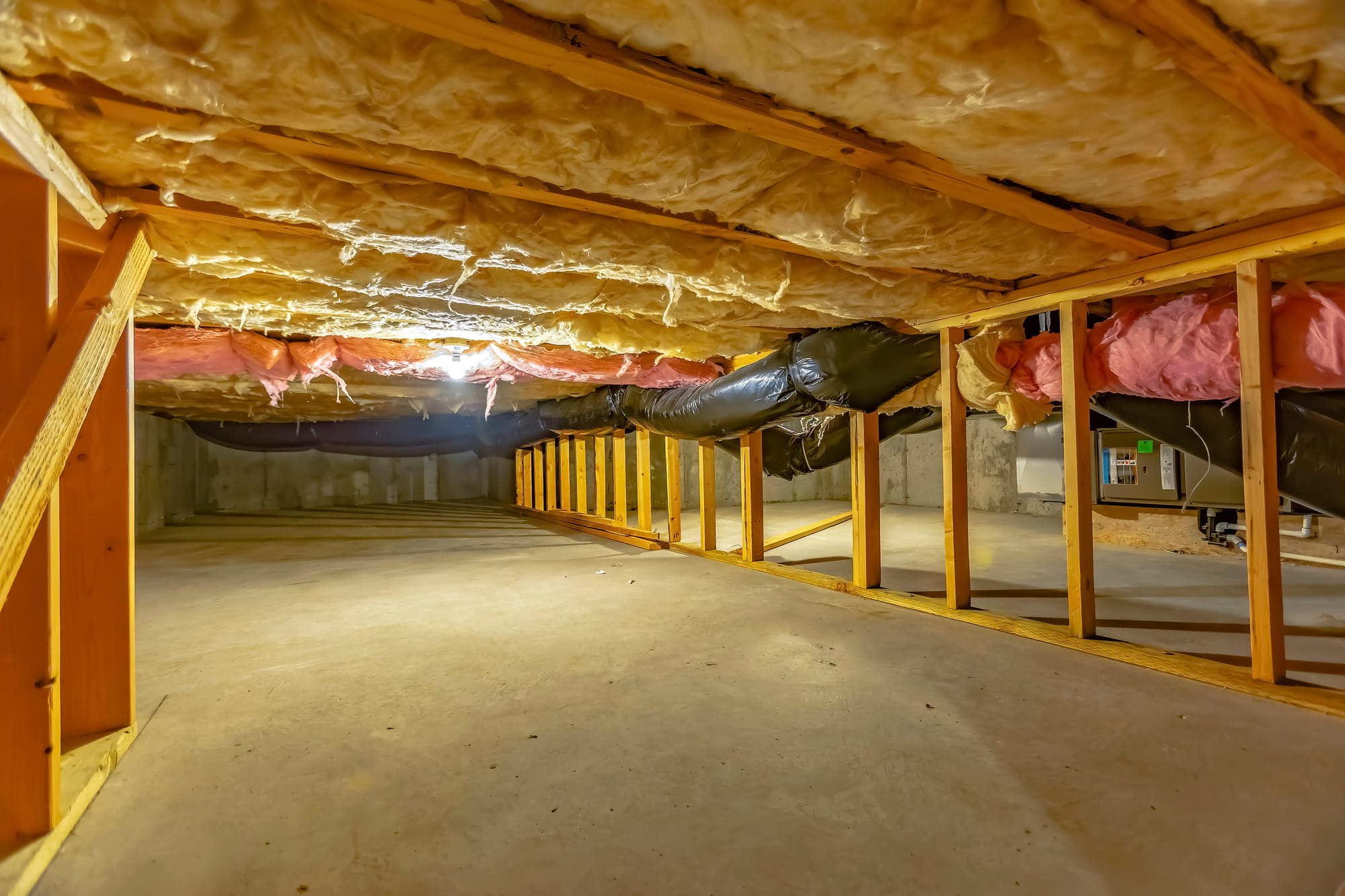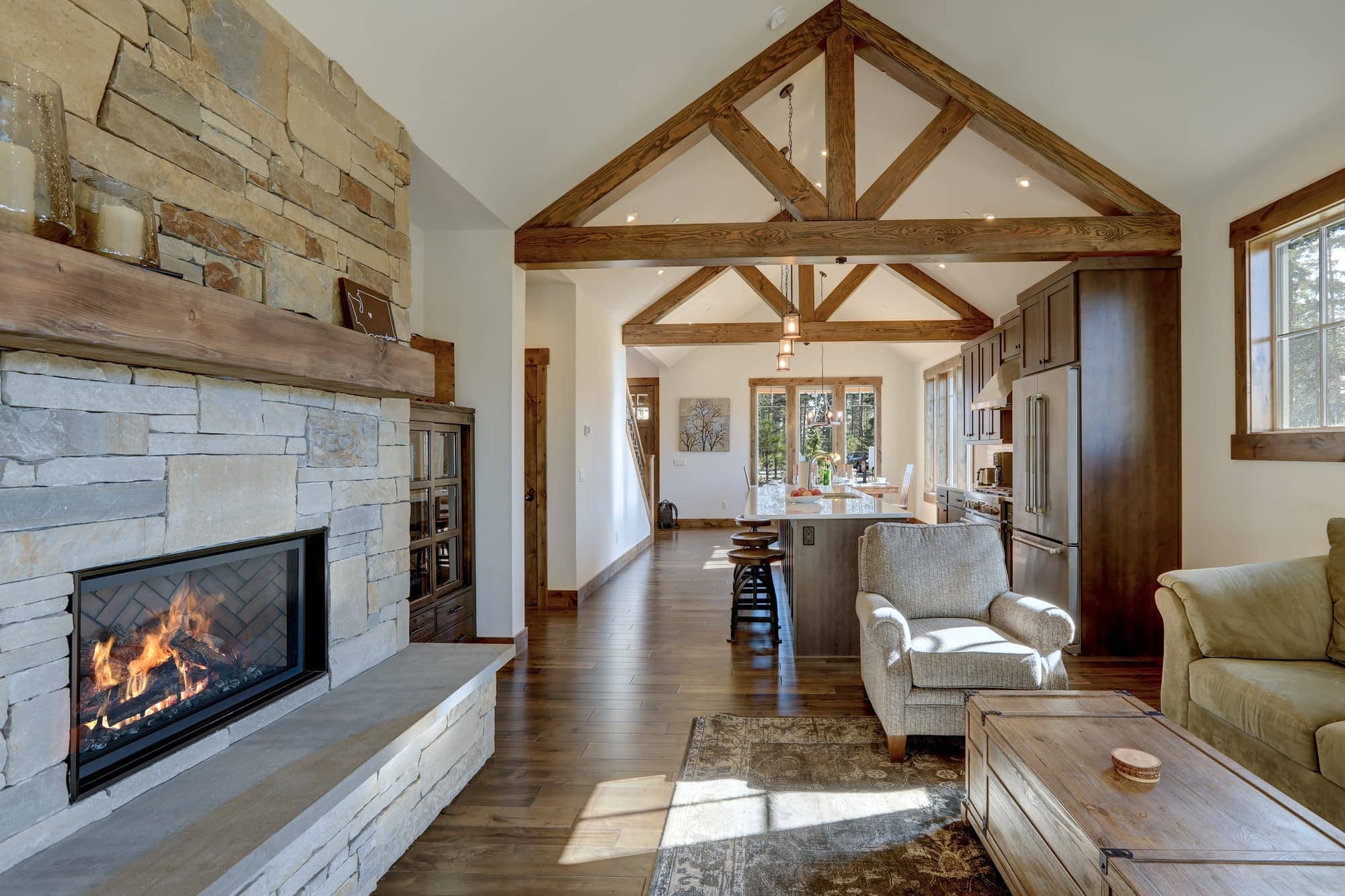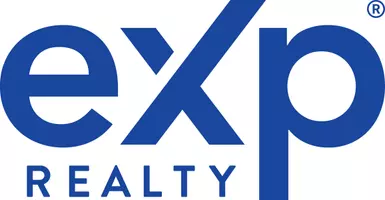Check out the latest in our home ownership video series!
Check out our video resources to learn more about the buying and selling process

What Home Additions Increase Property Value the Most
What Home Additions Increase Property Value the Most September 5, 2023 Table of Contents The Importance of Home Addition in Increasing Property Value Kitchen Upgrades Renovating Kitchen Countertops and Cabinets Installing Energy-Efficient Appliances Incorporating a

Pros and Cons of Buying a Home in a Cul-De-Sac
Pros and Cons of Buying a Home in a Cul-De-Sac September 14, 2023 Table of Contents What Is a Cul-De-Sac? Pros of Buying a Home in a Cul-De-Sac Enhanced Safety and Reduced Traffic Sense of Community and Neighborhood Camaraderie Tranquility and Privacy Cons

Is Now a Good Time To Buy a House? How To Decide
Is Now a Good Time To Buy a House? How To Decide September 18, 2023 Table of Contents Buying a House in Today’s Market Factors To Consider Before Buying a House Financial Stability and Readiness Your Current Financial Situation Your Credit Score and Debt-To-Inc
Categories
Recent Posts






